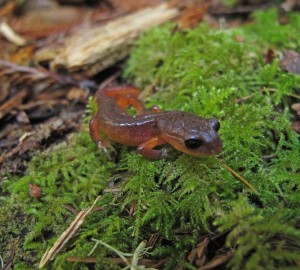Salamanders in the News
onIt’s not often that salamanders make the New York Times. But last week, the ‘Science’ section featured an article on a study investigating the role of salamanders in the global carbon cycle. Basically, salamanders are among the top predators in …
